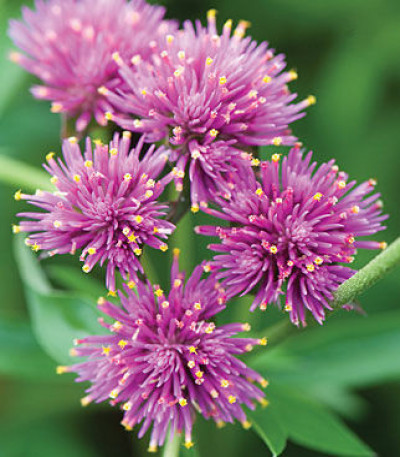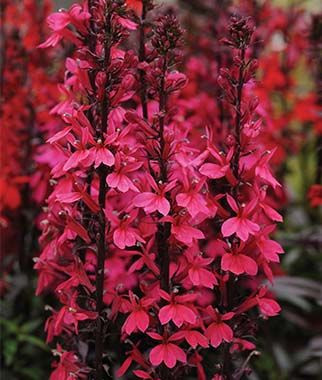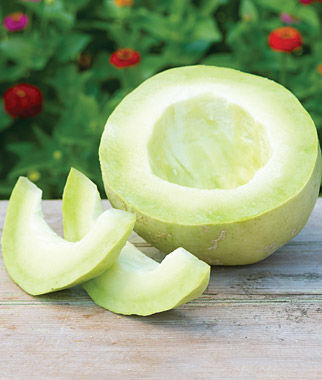


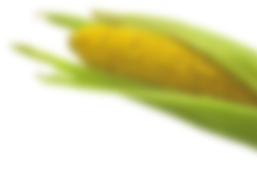
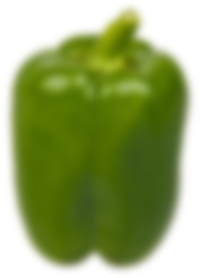
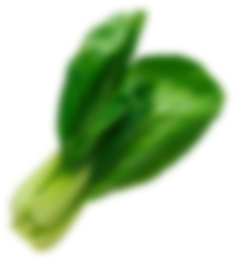
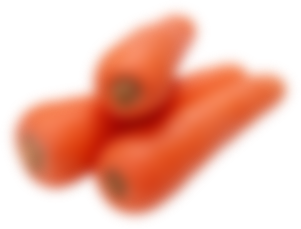
Gomphrena, Fireworks
€14.13
(Price per package)
This completely unique species is hands-down the best garden plant that we have seen in years of evaluating new plants. It quickly grows to form a full, dense, landscape specimen, eventually reaching up to 3-4' tall and 1-2' wide.
- Park Seeds (Spain)
- Full Sun
- 12-24 inches
- 36-48 inches
- 12 weeks
- Direct Sow/Indoor Sow
How to Sow and Plant
Gomphrena may be grown from seed sown early indoors and transplanted outside after frost, or sown directly in the garden in summer, or planted as a potted plant.
Sowing Seed Indoors:
- Sow gomphrena 6-8 weeks before the last frost.
- Sow ¼ inch deep in seed-starting formula.
- Seedlings emerge in 10-14 days
- Firm lightly and keep evenly moist
- As soon as seedlings emerge, provide plenty of light on a sunny windowsill or grow seedlings 3-4 inches beneath fluorescent plant lights turned on 16 hours per day, off for 8 hours at night. Raise the lights as the plants grow taller. Incandescent bulbs will not work for this process because they will get too hot. Most plants require a dark period to grow, do not leave lights on for 24 hours.
- Seedlings do not need much fertilizer, feed when they are 3-4 weeks old using a starter solution (half strength of a complete indoor houseplant food) according to manufacturer’s directions.
- If you are growing in small cells, you may need to transplant the seedlings to 3 or 4 inch pots when seedlings have at least 2 pairs of true leaves before transplanting to the garden so they have enough room to develop strong roots
- Before planting in the garden, seedling plants need to be “hardened off”. Accustom young plants to outdoor conditions by moving them to a sheltered place outside for a week. Be sure to protect them from wind and hot sun at first. If frost threatens at night, cover or bring containers indoors, then take them out again in the morning. This hardening off process toughens the plant’s cell structure and reduces transplant shock and scalding.
Sowing Directly in the Garden:
- Direct sow in full sun in well-drained soil after danger of frost.
- Prepare the soil by removing weeds and working organic matter into the top 6-8 inches of soil; then level and smooth.
- Most plants respond well to soils amended with organic matter. Compost is a wonderful form of organic matter with a good balance of nutrients and an ideal pH level, it can be added to your planting area at any time. If compost is not available, top dress the soil after planting with 1-2 inches of organic mulch, which will begin to breakdown into compost. After the growing season, a soil test will indicate what soil amendments are needed for the following season.
- Sow seeds evenly and thinly and cover with ¼ inch of fine soil.
- Firm lightly and keep evenly moist.
- Seedlings will emerge in 10-14 days depending on soil and weather conditions.
- Thin to stand about 10 inches apart starting when seedlings are 1-2 inches high.
Planting in the Garden:
- Select a location in full sun with good rich moist organic, well-drained soil.
- Prepare the bed by turning the soil under to a depth of 6-12, inches removing any debris, and lightly raking as level as possible.
- The addition of organic matter (leaf mold, compost, well-rotted manure) benefits all gardens and is essential in recently constructed neighborhoods.
- Plant on a cloudy day or in late afternoon to reduce transplant shock.
- Dig a hole for each plant, approximately 18 inches apart, large enough to amply accommodate the root ball.
- Unpot the plant and gently loosen the root ball with your hands to encourage good root growth.
- Place the top of the root ball even with the level of the surrounding soil. Fill with soil to the top of the root ball. Press soil down firmly with your hand.
- Use the plant tag as a location marker.
- Thoroughly water and apply a light mulch layer on top of the soil (1-2 inches) to conserve water and reduce weeds.
- Keep weeds under control during the growing season. Weeds compete with plants for water, space and nutrients, so control them by either cultivating often or use a mulch to prevent their germination.
- Mulches also help retain soil moisture and maintain even soil temperatures. For annuals an organic mulch of shredded leaves lends a natural look to the bed and will improve the soil as it breaks down in time. Always keep mulches off a plant’s stems to prevent possible rot.
- After new growth appears, a light fertilizer may be applied. Keep granular fertilizers away from the plant crown and foliage to avoid burn injury. Use low rates of a slow release fertilizer as higher rates may encourage root rots.
- Gomphrena thrives in hot and dry weather.
- Gomphrena is a great flower for cutting and is a staple of dried flower arrangements. For drying, cut stems just as blooms open fully and hang in bunches in a warm, dark, dry place.
-
Ryan
Add review
Recently Viewed
© 2019 Vegetable Seeds – Vegetable Seed Store

